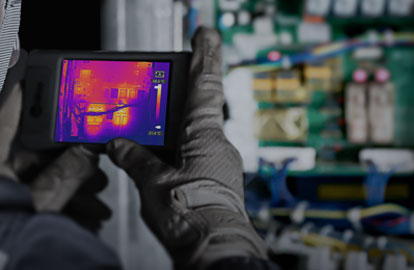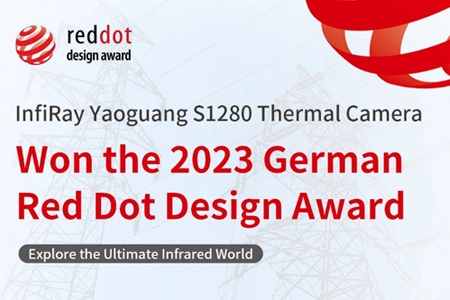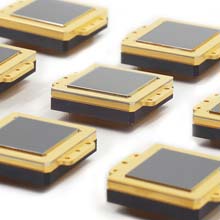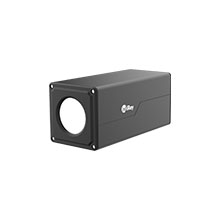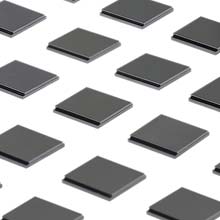Why Thermal Imagers Can be Widely Applied in Component Processing (Quenching) Detection?
In addition to proper material selections and various forming processes, heat treatment is necessary in order to give the metal workpieces the required mechanical, physical, and chemical properties.
Application Background:
The hollow-pipe quenching machine uses high-frequency currents to heat up and cool down the surface of workpieces. In this way, heat treatment is implemented for the surface, and the temperatures of the center and bending of the workpiece are monitored. Whether the monitored temperatures satisfy certain standards is the basis to determine whether the workpiece is qualified. When a workpiece is heated by high-frequency currents, the workpiece will be scrapped if the temperature exceeds a threshold.
Currently, the primary method for detection is temperature measurement on single points. That is, multiple devices need to be installed at the center and bendings. In addition, common temperature measurement devices have limited measurement ranges, and cannot spot the specific high-temperature point on a workpiece.
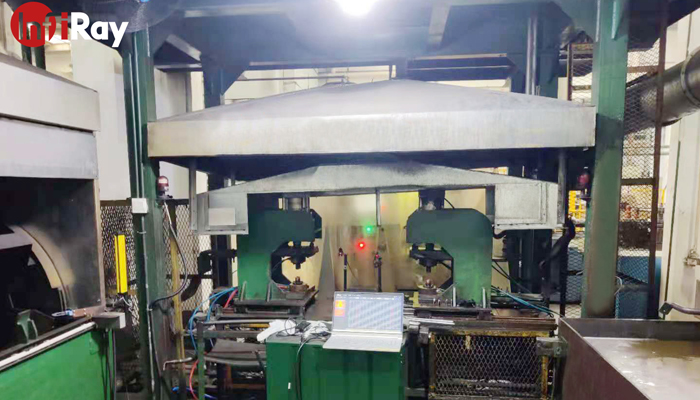
Application Example:
A manufacturing company in Shanghai wants to integrate thermal imagers to the hollow-pipe quenching machine for temperature measurement on components and has the following requirements:
①The hollow-pipe quenching machine uses high-frequency currents to heat up the surface of workpieces, and the temperature that can be raised to 1000°C in the heat treatment needs to be measured;
②Measured temperature data needs to be read in real-time to monitor the heating and temperature rise process directly, and devices need not be stopped for workers to take out workpieces for temperature data collection;
③Multiple temperature measurement points need to be set to monitor the temperature changes of each area so that the temperature values can be compared for each area, especially at the center and bendings of the workpiece;
④High-temperature alarms need to be configured in the measured area. Alarm signals need to be provided to stop the heat treatment of the hollow-pipe quenching machine if the temperature of any point in the area reaches the specified upper threshold.
Based on the customer's use scenario and the detection requirements, InfiRay integrates the AT31U ultra-high temperature thermal imager into the hollow-pipe quenching machine, together with the industrial temperature measurement and analysis software, to fully satisfy the temperature measurement requirements.
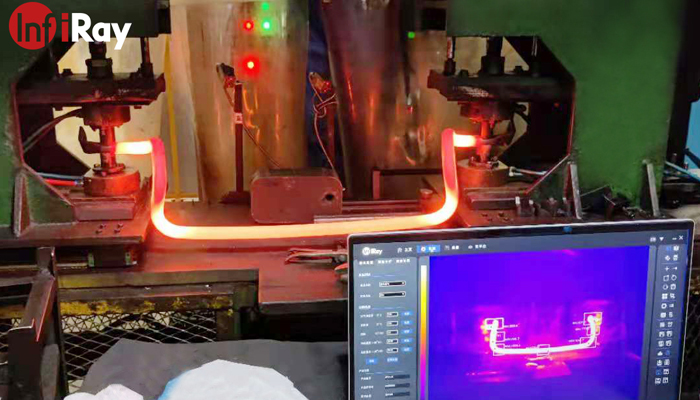
When the measured workpiece is put on the quenching machine and heated by currents, the temperature differs at each part of the workpiece. The AT31U ultra-high temperature thermal imager can collect and display the temperature data for each part of the workpiece in real-time, to spot the highest temperature point and generate temperature change curves. With the configured high-temperature threshold, alarm signals will be generated when the workpiece is heated to the preset temperature threshold, to stop the quenching machine and prevent the workpiece from being damaged by overheating.
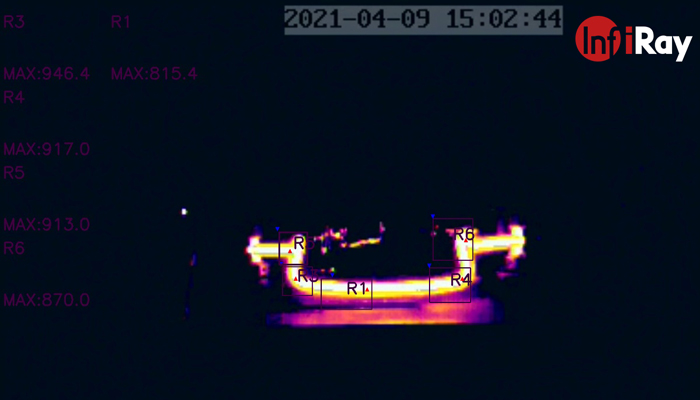
Advantages of the Thermal Imager Solution:
1. The product is small and easy to install and use. It is suitable for the use environment and can link the hollow-pipe quenching machine;
2. On the back-end software, the customer can configure multiple points, lines, and areas for measurement based on the actual requirement. The temperature data for each area is displayed separately;
3. It has a wide measurement range from 0°C to 1500°C for ultra-high temperature measurement and accuracy of ±2%, enabling strict control of the workpiece temperature;
4. The highest temperature point, highest temperature, and the average temperature of the area are displayed, without the need of measuring the temperature at single points. This facilitates the operators to obtain information;
5. The software automatically generates temperature change curve records, captures images of the onsite situation, and display the temperature in the heat treatment;
6. The device supports high-temperature point alarms. You can set multi-level alarm thresholds. If the temperature reaches a threshold, the alarm signals are provided to control the quenching machine.
As the leading manufacturer of uncooled IRFPA, InfiRay will leverage its cutting-edge technology and mass production capabilities to present its infrared imager series with a smaller size, lower power consumption, higher performance, and lower cost, as well as professional infrared thermal imaging solutions, thus overall boosting the application of infrared thermal imaging technology in more areas and empowering various industries.

 français
français  Deutsch
Deutsch  Español
Español  italiano
italiano  русский
русский  português
português  العربية
العربية  日本語
日本語  한국어
한국어  magyar
magyar 





